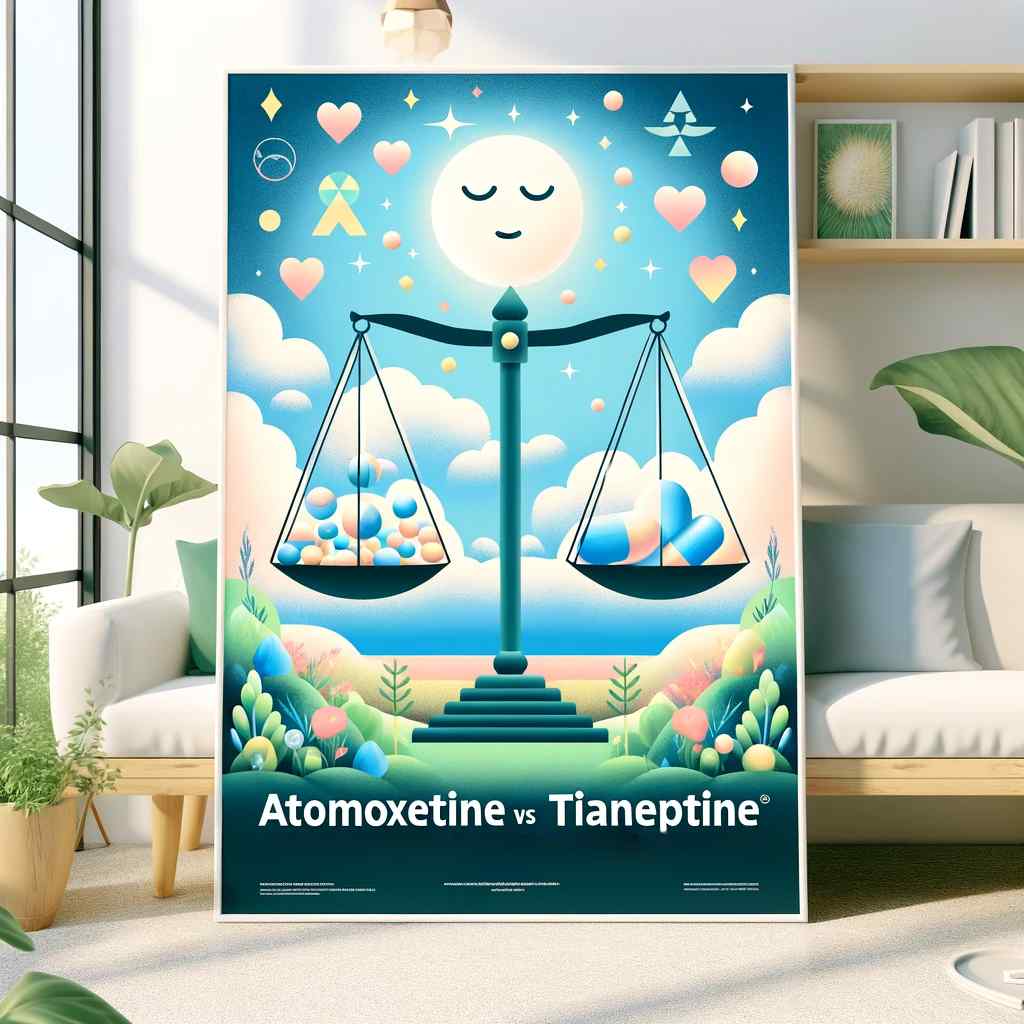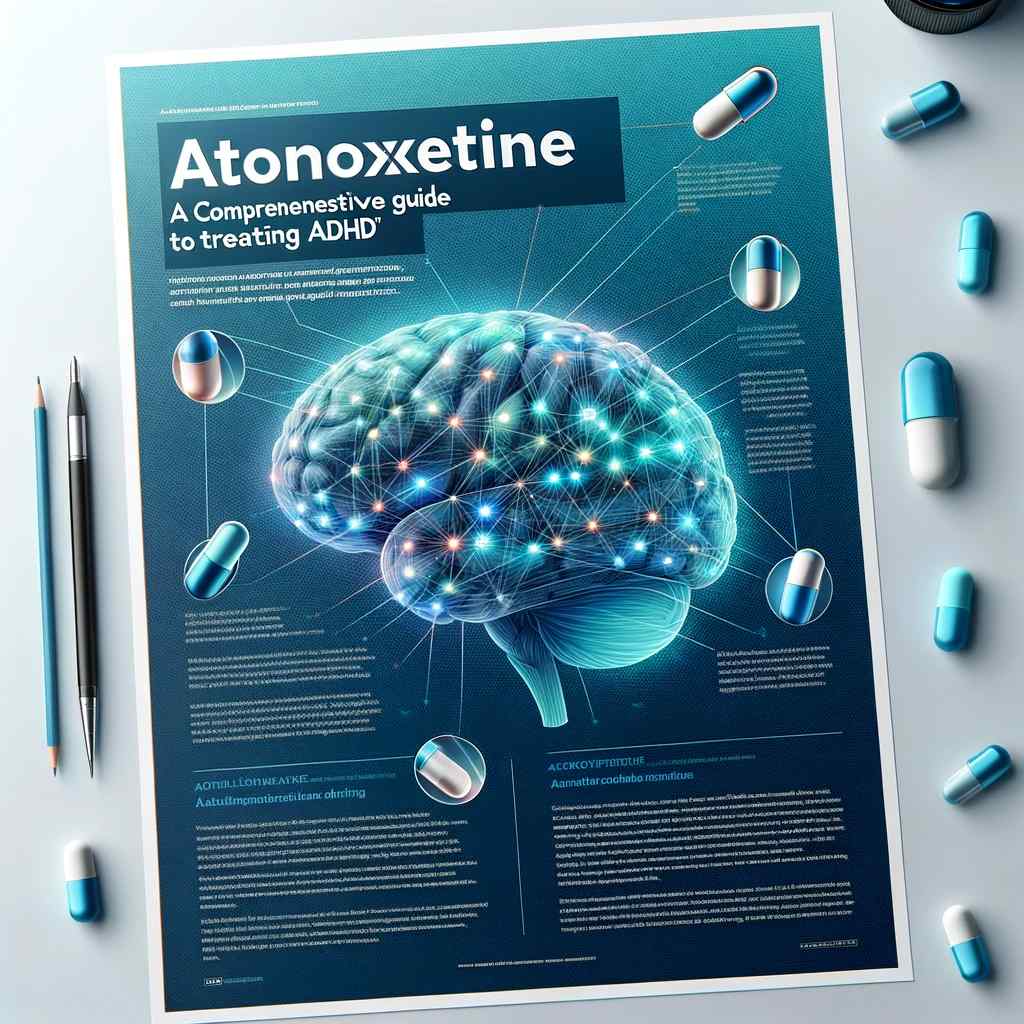
Introduction
Atomoxetine, marketed as Strattera, and tyneptine, known as Coaxil, are two prominent medications in mental health treatment. Both have gained attention for their unique mechanisms and effectiveness in treating various mental health conditions. This article explores the similarities and differences between atomoxetine and tyneptine, providing an overview of their action mechanisms and uses.
Understanding the Mechanism of Action and Uses
Atomoxetine:

- Atomoxetine is a selective norepinephrine reuptake inhibitor (SNRI), enhancing norepinephrine levels, crucial in attention, focus, and impulse control.
- Primarily used for treating attention deficit hyperactivity disorder (ADHD) in various age groups.
Tyneptine:

- Tyneptine is a tricyclic antidepressant (TCA) that modulates the serotonin transporter (SERT), increasing serotonin availability, a key player in mood, sleep, and pain.
- Used in treating depression, anxiety disorders, and neuropathic pain.
Comparison of Pharmacokinetic Properties
| Property | Atomoxetine | Tyneptine |
|---|---|---|
| Half-Life | Approximately 5 hours | 2.5 – 3 hours |
| Onset of Action | 1 – 2 weeks | Within hours to days |
| Duration of Action | Long-acting | Intermediate-acting |
These differences in pharmacokinetics influence dosage and treatment considerations, presenting unique advantages and disadvantages for each medication.
Clinical Efficacy and Safety Profiles
Clinical studies show atomoxetine’s efficacy in ADHD and tyneptine’s effectiveness in mood disorders. However, safety profiles differ, with atomoxetine potentially causing appetite loss and sleep disturbances, and tyneptine may lead to gastrointestinal issues and dizziness. Professional guidance is vital in evaluating both efficacy and safety for individual patients.
Dosage and Administration
- Atomoxetine: Typically taken once daily, with dosage adjusted based on age, weight, and response.
- Tyneptine: Dosing varies, often taken multiple times a day, adjusted for individual needs.
Both medications require adherence to prescribed dosages for optimal results, emphasizing the importance of healthcare professional consultation.
Considerations for Patient Selection
Selecting between atomoxetine and tyneptine involves considering patient characteristics like age, medical history, and concurrent medications. Open communication between healthcare providers and patients is essential for appropriate medication choice.
Conclusion
Atomoxetine and tyneptine differ in their action mechanisms, uses, pharmacokinetics, clinical efficacy, safety profiles, and patient selection considerations. Understanding these differences is crucial for proper mental health treatment. Consulting healthcare professionals and seeking reliable information are essential steps in managing mental health conditions effectively.




Hi, this is a comment.
To get started with moderating, editing, and deleting comments, please visit the Comments screen in the dashboard.
Commenter avatars come from Gravatar.